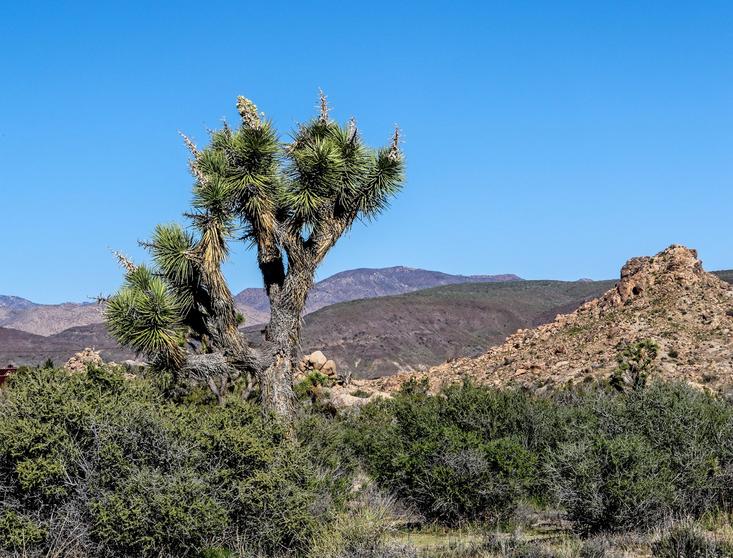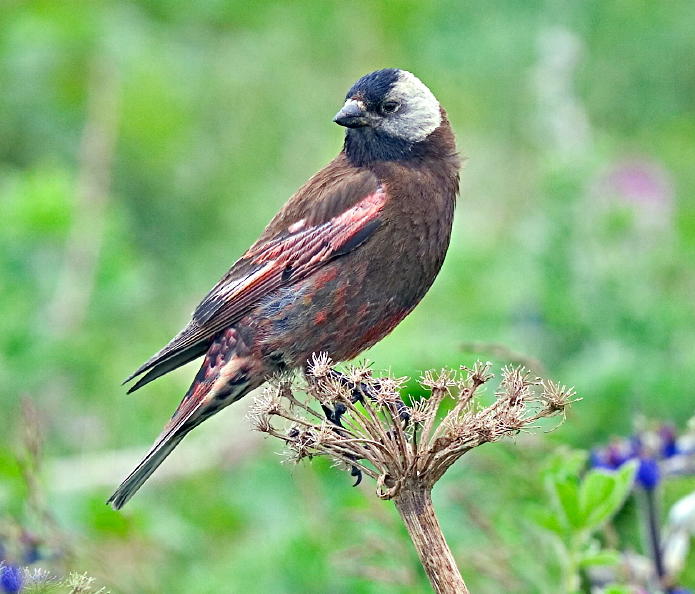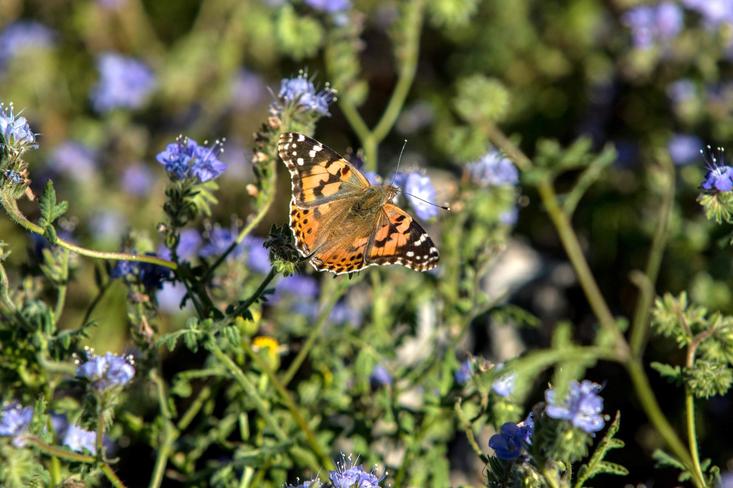
The 2019-20 Mathias Graduate Student Research Grant awards will help 18 students from seven UC campuses conduct field studies at NRS reserves.
These are the four UCR grant recipients:
UC Riverside CNAS grant recipients 2019-2020:
| Matthew Green | Sierra Nevada Aquatics Research Lab | Landscape Biodiversity in Alpine Lake-Stream Networks | UC Riverside | 2019-2020 |
| Elijah Hall | White Mountain Research Center | Phenology and community composition determine reproductive success through the lens of pollination services | UC Riverside | 2019-2020 |
| Christopher Cosma | Boyd Deep Canyon DRC | Linking plant-plant and plant-pollinator interactions along an elevational gradient | UC Riverside | 2019-2020 |
| Kathy Pham | White Mountain Research Center | Effects of high-altitude exposure on inflammation and immune phenotypes | UC Riverside | 2019-2020 |
UC NRS -- Joshua trees will be under the gun in the California of the future. Scientists predict that it’ll become too hot and dry for these striking Mojave plants to persist in much its the high desert habitat by 2100. How much water these treelike yucca plants can store at one time is key to their conservation. Daniel Hastings of UC Santa Cruz plans to find the answer with his graduate research at the NRS’s Burns Piñon Ridge Reserve.
This field study, and that of seventeen other University of California graduate students, will be supported by funding from the UC Natural Reserve System’s 2019–20 Mildred E. Mathias Graduate Student Research Grant Program. This year’s recipients come from seven different UC campuses and will pursue their graduate research at a whopping 21 different reserves. Each student will receive up to $3000 to defray the costs of transportation, equipment, and accommodations at one or more of the NRS’s 41 reserves.

A long track record
The $38,000 awarded this year comes from the Kenneth S. Norris Endowment Fund for the California Environment, provided to the NRS by the David and Lucile Packard Foundation. Since its inception in 1988, the Mathias Grant program has awarded a total of $906,444 to 486 students.
Most of this year’s award recipients will study aspects of ecology. These include an analysis of how forest thinning affects tree and plant communities; an investigation of how native fungal pathogens shape maritime chaparral communities; and how honeybees spread disease among other Southern California pollinators.

Making the most of the NRS
Multiple studies will examine the unexpected affects of a changing climate. These projects include experiments into whether ocean acidification is harming the ability of marine snails to escape predation; whether drought reduces the degree of adaptive variation in wild populations; and how climate variability affects the gray-crowned rosy finch, the highest-elevation breeding bird in North America.
Many projects are also being conducted at multiple NRS reserves. These take advantage of the natural environmental gradient the NRS forms across California, from the coast to alpine mountaintops and from rainy northern forests to southern deserts. Among these is a study of how genetics affect vulnerability and virulence among the chytrid fungus devastating amphibians in California and beyond. The study will sample frogs at nine reserves ranging from Angelo Coast Range Reserve in Mendocino to Stunt Ranch Santa Monica Mountains Reserve near Los Angeles.
Projects on other topics include a study testing mechanisms responsible for geological uplift and subsidence near Steele/Burnand Anza-Borrego Desert Research Center; an examination of the role of organic nitrogen in grassland soil stability at Sedgwick and Angelo reserves; and a biomedical investigation into the effects of high altitude on inflammation at White Mountain Research Center.

Preparing for a career in science
The Mathias Graduate Student Research Grant program gives students experience applying for and managing research grants, and reporting on their research progress—invaluable skills for a career in science. The program also encourages students to establish studies on reserves that can become the foundation of their research careers.
Receiving a Mathias Grant signals to other scientists and institutions that a researcher's work is serious and worthy of funding. Early career support by a Mathias Grant has advanced the professional success of dozens of students over the years.
Aiding UC graduate students
The Mathias Grant competition is open to UC graduate students who submit a proposal for research to be conducted at one or more NRS reserves. Students from all disciplines are encouraged to apply. Applications are evaluated based on academic merit. Students at an early stage of their careers and in underrepresented fields of study receive preference.
All award recipients are invited to present their findings at the Mildred E. Mathias Graduate Student Research Grant Symposium. Held every three years, the symposium enables students to meet peers, interact with leading field researchers, and discuss career options. The next symposium will be held in 2022 at Bodega Marine Reserve.